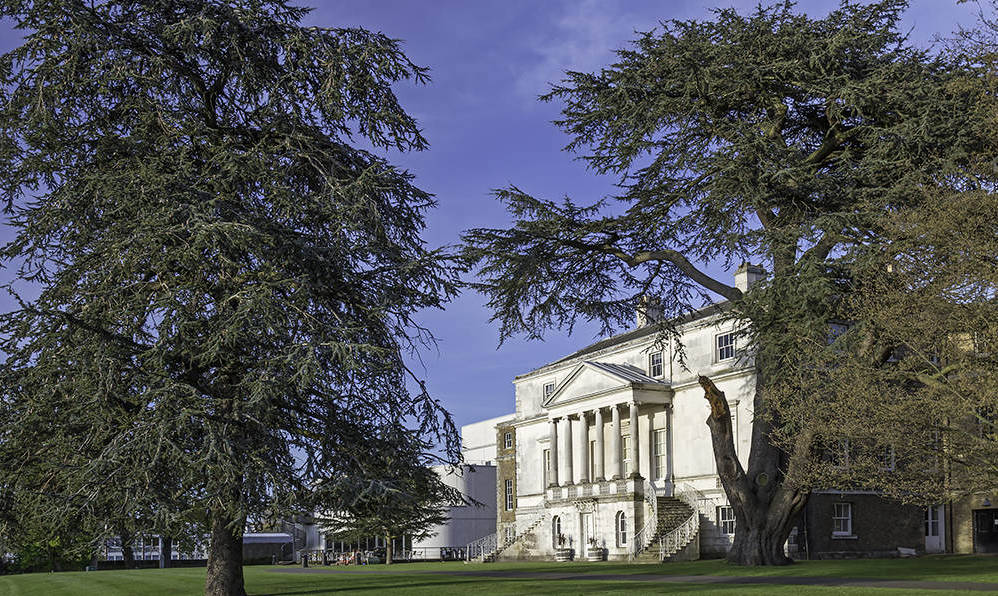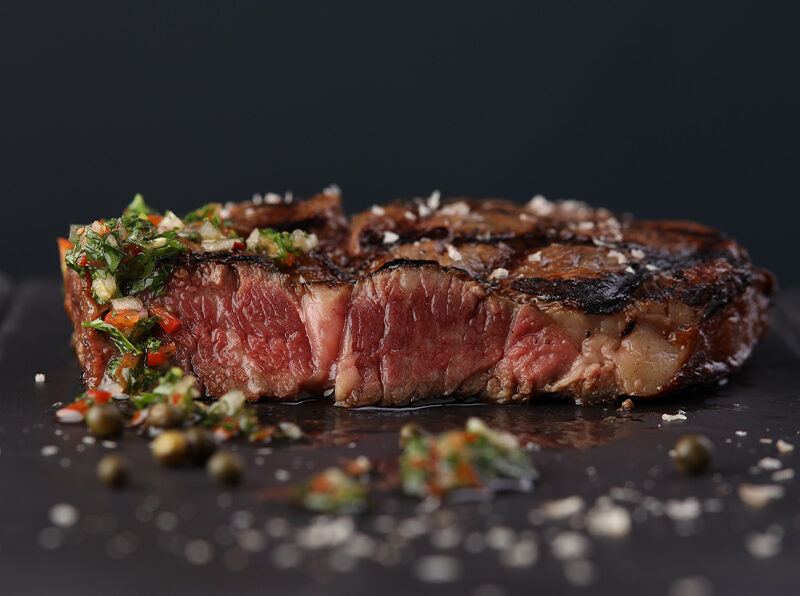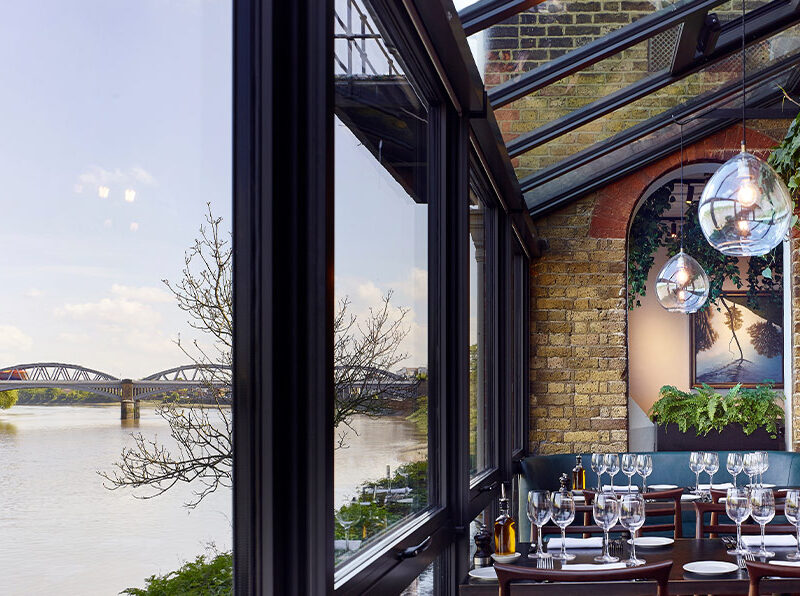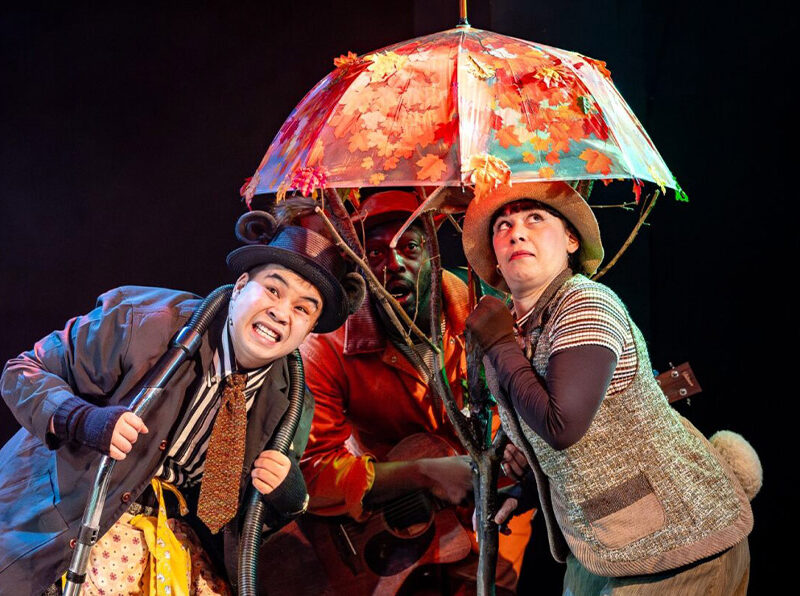
The history of Wimbledon and Putney Commons
The history of Wimbledon and Putney Commons
Nick Manning looks at the fascinating figures associated with the area and suggests five places to visit in the historic commons
The area around the Wimbledon and Putney Commons has been the preferred residence for many remarkable people over the last 600 years.
The high points were the Georgian and Victorian eras. The opening of the new wooden ‘Fulham Bridge’ (now Putney Bridge) in 1729 led to a surge in popularity for the area around the Commons. The bridge was the only one between London Bridge and Kingston Bridge, so it became the main conduit for travellers leaving the city of London to travel to the south and west. The new bridge put the area around the Commons within a few hours’ carriage ride.
The area at that time was mostly rural, and it attracted the nobility and other prosperous people who wanted to escape the insalubrious city and enjoy the bucolic joys of the countryside.
Several stately homes were built in Roehampton, enjoying the proximity of Richmond Park as well as the Commons, and a number of these remain, incorporated discretely into Roehampton University.
Grove House and Parkstead House are the most impressive of these and both housed illustrious owners who brought the great and the good to the area, including Christian Cavendish, the Countess of Devonshire and Sir William Ponsonby, who married Lady Caroline Cavendish, daughter of the Duke of Devonshire.
Opulent mansions were built alongside Putney Heath and Wimbledon Common, where aristocrats, senior clergy, merchants, industrialists, politicians, famous authors and artists, top medical practitioners and their ‘salons’ gathered.
Sarah Churchill, Duchess of Marlborough after Sir Godfrey Kneller 1702 National Portrait Gallery
Wimbledon had been put on the map by Thomas Cecil in the late sixteenth century when he built ‘Cecil House’, part of whose gardens became Wimbledon Park over time, and in remodelled form became a country retreat for Sarah Churchill, Duchess of Marlborough.
The apogee of the area around the Commons was the Georgian era, when it became the preferred home outside London for some of the most significant figures of the time.
These included William Pitt the Younger, who lived on Putney Heath, and Henry Dundas (Viscount Melville) who held many government posts during a turbulent period that encompassed the Napoleonic Wars. Dundas lived in what is today Cannizaro House.
During this time George III would regularly conduct troop reviews on Wimbledon Common at a time of heightened military alert over Napoleon’s European ambitions.
Dundas’s neighbours included radical thinkers such as John Horne-Tooke, who lived in Chester House. This still stands at the junction of Westside and Woodhayes Road, opposite King’s College School.
Horne-Tooke was opposed to Dundas politically and supported the French Revolution, reportedly keeping a fragment of the Bastille in Chester House.
William Pitt the Younger lived in Bowling Green House on Putney Heath and became the only British prime minister to engage in a duel when he fought William Tierney MP on Putney Heath over an altercation in the House of Commons. Fortunately neither was injured.
One major debate that raged at the time concerned the Slave Trade. Many of the prosperous residents of the area had benefitted from it, while others were virulently opposed. Dundas attempted to slow down the movement towards abolition while Horne-Took pushed for it, supported by another local resident, Sir Francis Burdett.
Eventually the abolition movement prevailed, largely thanks to another notable resident of the area, William Wilberforce, who lived in Lauriston House on Southside.
If the Georgian period was perhaps the height of the aristocracy in the area, the Victorian period also attracted many ‘notables’, many titled but also the wealthy beneficiaries of the extraordinary growth in the economy during the height of the British Empire.
Vast mansions were built around the Commons to be the country retreat of nobility, industrialists and politicians.
Earl Spencer, the fifth holder of that title, proposed to sell off large swathes of the Commons to create a new home for himself after he had sold the bulk of his estates that had extended across a vast area between Wimbledon and Wandsworth. He was prevented from doing this by the movement that preserved the wide open spaces around central London, the Commons Preservation Society.
Spencer had, however, sold significant land to John Beaumont, who developed the land around Wimbledon and West Hill and led to the street patterns we see today. Huge mansions were built to accommodate the prosperous ‘notables’ who brought their wealth to the Commons; sadly, very few of these exist today as urbanisation led to a need for higher-density housing and a less bucolic environment.
Much of the history of the area has been overtaken by urbanisation such that it is easy to overlook. An appreciation of the depth and breadth of the hidden past can be achieved through some light reading, but there are five locations around the Commons that are worth exploring in their own right as relics of the golden years for the Commons.
Grove House, Roehampton
The architectural gem that is Grove House sits within Roehampton University but is visitable by the public, and although the interior is used by the university, the grounds are spectacular and include many features of historical interest.
Parkstead House, Roehampton
Also within the university is Parkstead House, built in 1761. Pictured top.
Cannizaro House, Wimbledon Common
This has been a popular location for family outings for decades but it stretches further than most people realise and has a number of features of historical interest, although the house itself (now a hotel) only dates from 1900 after its predecessor was destroyed by fire. Walks into the further reaches are especially rewarded by carefully-planned azalea and rhododendron displays.
The ‘Firehouse’ obelisk
A visit to ‘The Telegraph’ pub on Putney Heath is always pleasant and is enhanced by a quick glance at the obelisk behind the pub (but not visible from it) that commemorates the location of the ‘Firehouse’. This was built by an inventor called David Hartley, who came up with the idea of constructing a house with iron planks between the floors to prevent fire spreading.
It is said that this theory was tested by inviting George III to take breakfast in the house while it was set on fire, and apparently this was a successful experiment.
Wimbledon Park
The park has of course long been a popular local amenity and needs little introduction, but the history behind its creation and the people who moulded it into the attraction it is today warrants attention and reminds us that once it was part of one of the most opulent estates around London, especially when owned by Sarah Churchill.
- Further detail about 31 of the most remarkable characters who graced the Commons over 600 years can be found in ‘The Commoners’: Notable Neighbours of the Wimbledon and Putney Commons, available now on www.commonersbook.com
Each copy sold contributes £5 to the Wimbledon and Putney Commons Conservators charity.
Photos (c) Andrew Wilson
READ MORE: The best bars and pubs in Wimbledon.





